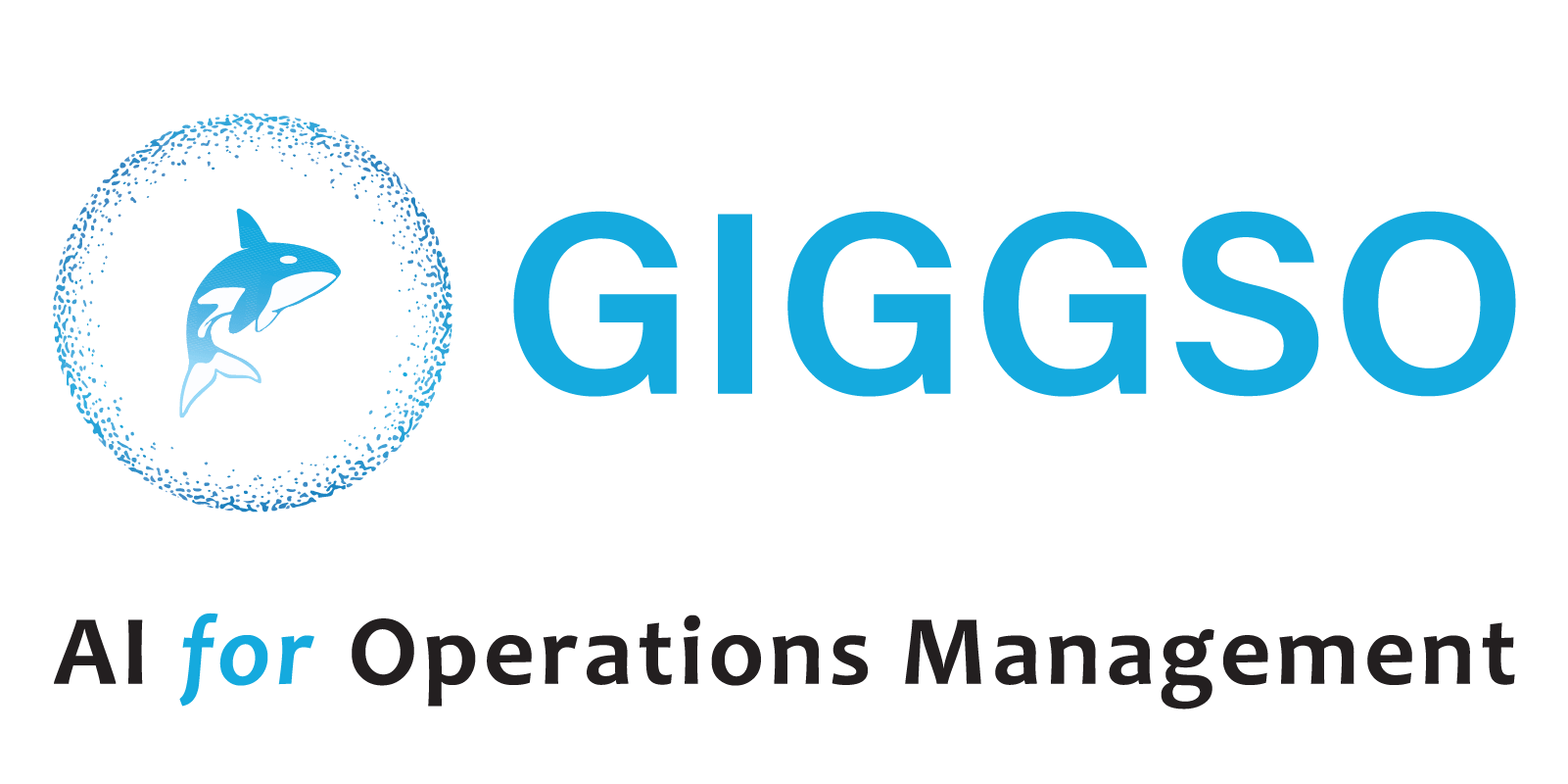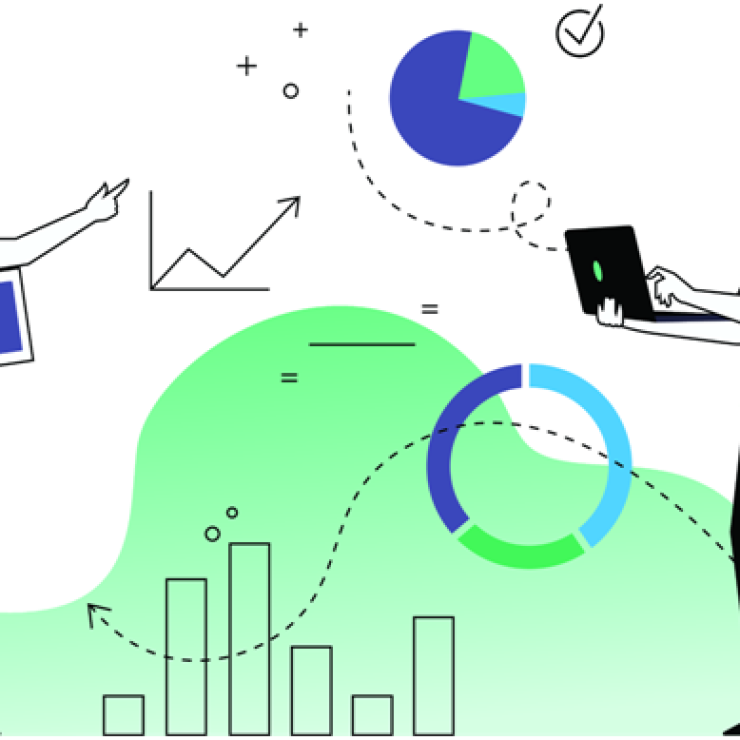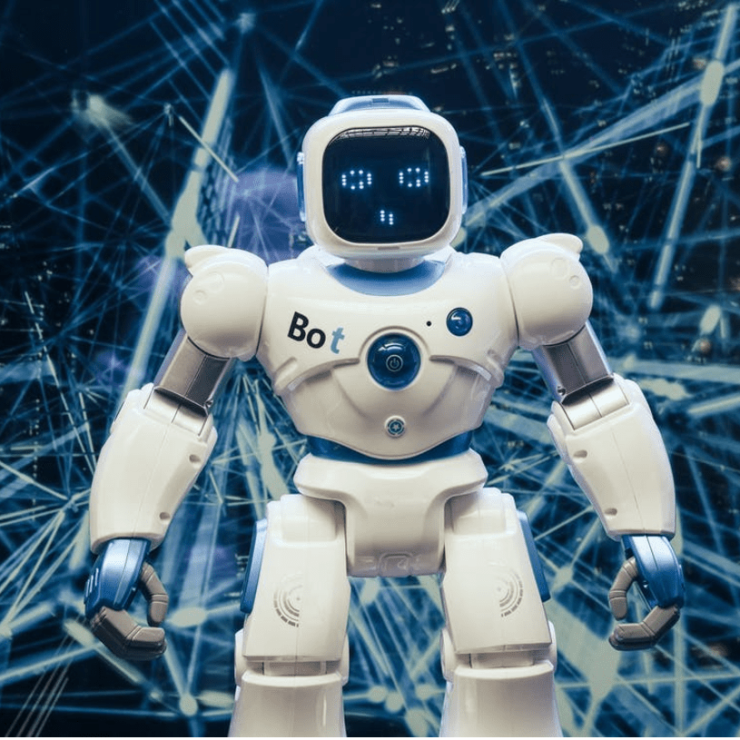With ML Observability, explore the potential of your ML models and obtain a comprehensive understanding to improve performance and enhance scalability.
ML Operations in Post-Production
BUSINESS:
Businesses are increasingly relying on ML models to extract insights from their data to improve customer experience, process optimization, and overall performance. They face a number of challenges such as
- lack of clarity and visibility into ML models,
- difficulty in debugging,
- slow time to deployment,
- lack of automation,
- data quality and availability, and
- model performance.
Unfortunately, 60% of the work that goes into post-production operations is not usually taken into account.
STAKEHOLDERS:
Collaboration between data engineers, data scientists, and software engineers is crucial for the success of Machine Learning (ML) processes. Stakeholders, however, experience a number of challenges, including being unable to comprehend, predict, and control the behavior of complex models, identifying and resolving production problems, and guaranteeing model accuracy and performance.

Figure 1: ML life cycle and people involved in each stage
AI Observability: Unlocking the Power of Insight for Your Business
Organizations must make sure they have the capability to track and evaluate the performance and behavior of their AI systems as they explore the potential of artificial intelligence (AI) to improve their products and services. An effective tool for any ML infrastructure, AI ML observability can help companies get the most out of their AI systems.
By gathering, combining, and analyzing the data from every aspect of an AI system, AI observability enables businesses to keep track on the precision, effectiveness, and behavioral norms of their AI models. Organizations can easily detect potential pitfalls, learn more about the performance of their AI models, and make sure their AI systems are operating at optimum efficiency with the help of AI observability.

Figure 2. ML observability explanation diagram
AI Observability – why it matters for Businesses
Businesses can track and improve the performance of their AI apps with the aid of AI observability. It enables them to identify any potential improvement areas and make the required adjustments to improve the effectiveness of their applications.
It gives them the ability to spot any anomalies or behavioral abnormalities, identify potential pitfalls, and implement rapid and effective troubleshooting. As a result, AI observability is a crucial tool for companies seeking to get the most out of their AI investments.

Figure 3. Important components of observability
Monitoring: Monitoring is the process of tracking and recording the performance of a system. It involves collecting information from different sources, such as logs, metrics, and events, and then analyzing this data to detect any issues before they become an issue.
Analysis: Analysis is the process of examining the data collected from monitoring to identify trends and correlations. It involves using statistics, machine learning, and other methods to interpret the data and draw meaningful insights to identify root causes of issues, or to detect opportunities for improvement.
Optimization: Optimization is the process of identifying and implementing changes to the code or architecture of the system, or tuning parameters to improve its performance, system efficiency and reduce resource consumption.
AI Observability Vs AI Monitoring
AI observability is a combination of AI-driven analytics, data visualization, and machine learning models used to gain insight into AI systems and their performance. AI monitoring is the process of tracking the performance of an AI system over time, usually using metrics like accuracy, latency, and other potential problems.
AI observability allows for deep inspection of AI systems by providing insights into the performance of AI systems, while AI monitoring is used to ensure AI systems are running as expected in a safe and secure manner.
Monitoring and observability are critical success factors for any business that is looking to leverage AI and machine learning. The challenge is that traditional monitoring tools are not designed to work with the complex architectures of today’s AI applications.
Giggso’s AI observability architecture
To effectively use AI observability, organizations must first define the metrics they want to measure and the data they want to collect. This can include metrics such as accuracy, precision, recall, and F1 score, as well as data such as feature importance and feature correlations. Once the data is collected, organizations can then use AI observability tools to analyze the data and gain insights into the performance of their ML models. These tools can provide organizations with visualizations of the data, allowing them to quickly identify any potential issues or areas of improvement.




